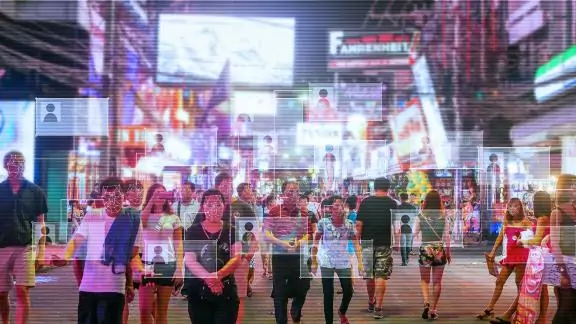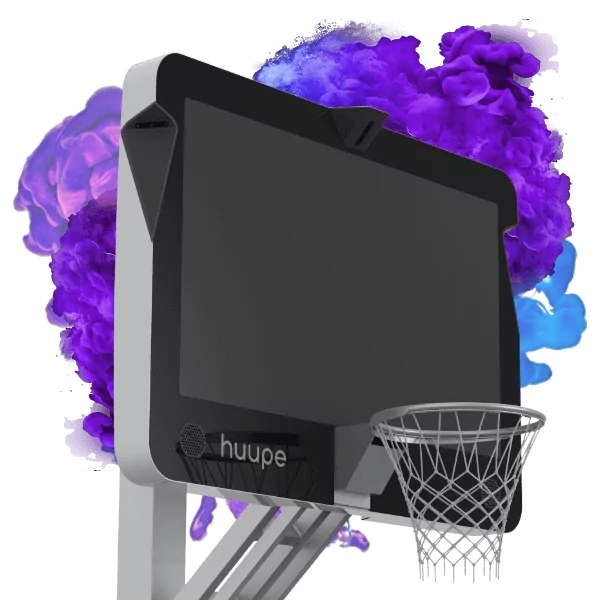AI COMPUTER VISION
Computer vision is growing rapidly. Smartphones cameras can detect postures during fitness exercise, surveillance cameras can “read” license plate. Does your product need to “see” the world?

Computer Vision development
- Collect requirements.
- Select cameras and sensors
- Select software stack, libraries (like OpenCV), and Neural Networks
- Create Computer Vision algorythms for object detection
- Implement Machine Learning networks to automatically adapt for changing environment
- Apply Deep Learning to train Neural Networks for new objects
- Deploy. Observe. Adjust

Each project has unique set of requirements. We select sensors required to reliably capture visual information
- 2D cameras
- 3D stereoscopic cameras - Intel RealSense, Luxonis
- Time of Flight (ToF) cameras
- Lidars
- Thermal Cameras
Computer Vision is best for applications where machine need to detect pre-determined patterns and objects. Libraries like OpenCV work well for such applications as
- Object sorting
- Defect detection
- Surveilance
- Medical diagnostics
Machine Learning (ML) accompanies traditional Computer Vision to train Neural Networks to adapt to variations in observed objects or operation conditions. Neural Networks in ML algorythms go through training and afterwards may be used to detect wider range of possible scenarios
- Fitness and Sport training
- Automated surveilance systems
- Object sorting and labeling
- Advanced medical applications
Frequently asked questions
At AjProTech, computer vision refers to the technology that enables computers to interpret and understand the visual world. By using digital images from cameras and videos and deep learning models, computer vision systems can accurately identify and classify objects and react to what they "see." This technology is fundamental in developing applications such as facial recognition, object detection, and automated quality inspection.
Yes, computer vision is a crucial part of artificial intelligence (AI). At AjProTech, we leverage AI to empower machines with the ability to see, understand, and interpret the visual data around them. Computer vision uses AI techniques, particularly machine learning and deep learning, to process and analyze visual information, making it an integral subset of the broader AI field.
One of the best examples of computer vision in action is the AR headset. At AjProTech, we are proud to have contributed to the development, which integrates advanced image sensors and displays to provide an immersive augmented reality experience. This headset uses computer vision to map and track the environment in real time, enhancing what the user sees with useful digital information. It's a cutting-edge application that shows how computer vision can transform the way we interact with the world.
The primary goal of computer vision at AjProTech is to develop systems that can automatically perform tasks that the human visual system can do. This includes recognizing and analyzing visual data to make intelligent decisions. Our objective is to create technologies that can improve various industries, from automating quality control in manufacturing to enhancing healthcare through advanced diagnostic tools. Ultimately, we aim to make machines that can understand and interpret visual information as well as humans, if not better.



